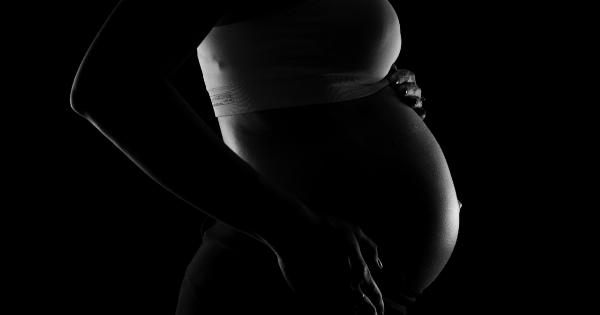Giving birth is one of the most miraculous experiences that a woman can have in her life. It is a momentous occasion that not only brings a new life into the world, but also transforms a woman into a mother.
This process of childbirth is an awe-inspiring journey that tests the limits of a woman’s mind, body, and soul. In this article, we will explore the miracle of giving birth, from the stages of labor to the emotions that mothers experience during this incredible process.
Stages of Labor
Labor is the process by which a woman’s body prepares for childbirth. It is a complex process that can take hours, if not days, to complete. Labor is divided into three stages:.
First Stage
The first stage of labor is the longest and most difficult. It can last up to 20 hours for first-time mothers and 14 hours for those who have given birth before.
The first stage of labor begins with contractions, which are the rhythmic tightening and relaxing of the uterine muscles. These contractions cause the cervix, which is the opening to the uterus, to dilate or open.
The cervix must dilate to 10 centimeters in order for the baby to be born.
During the first stage of labor, a woman may experience intense pain, cramping, and pressure in her lower back and abdomen. She may also feel nauseous, sweaty, and hot or cold flashes.
This stage of labor can be physically and emotionally exhausting for the mother-to-be.
Second Stage
The second stage of labor begins when the cervix is fully dilated. At this point, the mother will feel the urge to push the baby out. This stage can last anywhere from a few minutes to several hours.
The second stage of labor is the most physically demanding stage for the mother. She must use all her strength and energy to push the baby out. The baby’s head will gradually emerge, followed by the rest of the body.
Once the baby is born, the mother’s body will continue to push out the placenta or afterbirth.
Third Stage
The third and final stage of labor is the delivery of the placenta. This usually takes 5-30 minutes. The mother will continue to experience contractions, but they will be milder and less frequent than during the first and second stages of labor.
Once the placenta is delivered, the mother can rest and bond with her baby. This is a special moment when the mother and baby can begin to get to know each other.
The Emotions of Giving Birth
Giving birth is not only a physical process, but also an emotional one. The emotions that mothers experience during childbirth are wide-ranging and complex. Here are some of the most common emotions that mothers feel:.
Fear and Anxiety
Many women experience fear and anxiety during childbirth. It is natural to be afraid of the unknown and of the pain that childbirth can bring. However, childbirth educators and doulas can help to ease these fears and provide emotional support.
Pain and Discomfort
Childbirth can be one of the most painful experiences that a woman can have. The pain can be intense and overwhelming, but it is also temporary. Once the baby is born, the mother will experience a sense of relief and joy.
Joy and Happiness
Despite the pain and discomfort of childbirth, mothers experience a profound sense of joy and happiness when they hold their newborn baby for the first time. This moment is priceless and can never be duplicated.
Empowerment
Many women feel empowered and strong after giving birth. They have accomplished one of the most challenging tasks in life and have shown themselves what they are capable of.
The Role of Support During Childbirth
Support during childbirth is crucial for both the mother and the baby. This support can come from a variety of sources, including family members, friends, doulas, and childbirth educators.
Doulas are trained professionals who provide emotional and physical support to mothers during childbirth. They can help to ease the mother’s fears and provide comfort during labor.
Childbirth educators can also provide valuable support by teaching mothers about the stages of labor, pain relief options, and coping strategies.
Family members and friends also play an important role in supporting mothers during childbirth. They can provide love and encouragement, and help to create a calm and positive environment for the mother to deliver her baby.
Conclusion
Giving birth is an incredible and miraculous experience that transforms a woman into a mother. The journey of childbirth is unique to each woman and can be both physically and emotionally challenging.
With the right support, however, mothers can navigate this journey with confidence and grace. The joy and happiness that comes with holding a newborn baby for the first time are indescribable and will be cherished for a lifetime.


























